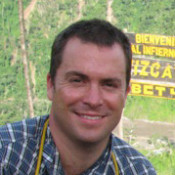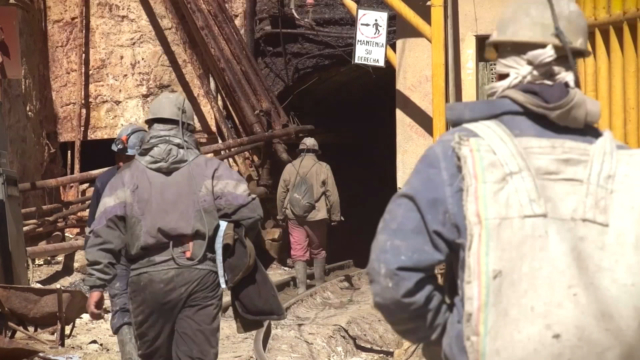Back in the 16th Century, it used to be a main source of wealth for the Spanish empire, but now Bolivia’s Cerro Rico, the Rich Hill, has turned into the mountain that eats children.
The massive mine that was once a supply of riches and minerals has collapsed on itself, and the Bolivian government has put $2.5 million into trying to save it. Despite an enormous hole opening in 2011 and work there being prohibited, miners continue to dig 4,400 meters above the summit, where many of the mines are filled with toxic gases.
The general manager of COMIBOL, Bolivia’s state mining company, recognizes that even though working on the mountain is forbidden, miners continue to dig. “We can’t leave them without work, we can’t kick them out. The government won’t allow it,” he said. Around 15,000 miners still tap into veins of tin, zinc and silver in Cerro Rico. Among them, some 1,500 minors like 14-year-old Alvaro Layme have been working on these mines for years under excruciating conditions. These young miners can earn as much as $300 a week, which almost doubles Bolivia’s monthly minimum wage. Although the money may be good, some of these young boys’ small frames and persistent coughing tell a different story.
“It’s very hard, very difficult,” Layme said. “The main risks are falling off the cart, the roof collapsing, and also the dynamite.”
While the miners know the mountain could collapse at any moment, many like Jorge Palomino claim not to be worried. “Sooner or later it will fall but we’ll keep on mining all the same,” he said. His father was killed in an accident when he was working in a tunnel. Nonetheless, Palomino says that if there is an opportunity where he can mine for tin, he’s going to take it.
CCTV Correspondent Dan Collyns takes a closer look at how mining is being conducted in this now impoverished region in Bolivia.

Mining continues at Bolivia’s largest silver mine despite collapse
During the 16th century, Cerro Rico, or the Rich Hill located in Bolivia, was the mountain that was a wealthy resource for the Spaniards. But now it is known as the “mountain that eats men.”On Twitter: @rtwdave, @UNESCO, @massmining, @ingarancibia, @HIS_SRL, @minasdearoaong,
 CGTN America
CGTN America

